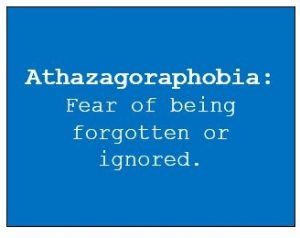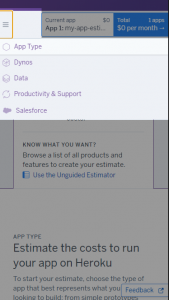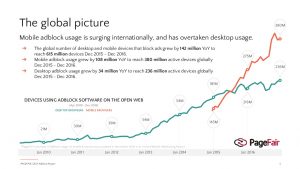by Jackson Salzman , January 3, 2017
Facebook interest targeting is an extremely powerful, yet often wrongly used, audience targeting tool that nearly all social media platforms have. But I am going to dig into some common errors here.
First and foremost, keep in mind that this tactic is for finding new consumers who have shown an interest in, or exhibited behavior related to, products similar to yours.
Now, let’s dig into what advertisers are doing wrong with Facebook interest targeting and how those mistakes can be changed.
1. Targeting too broad a set of interests. On Facebook, there are well over 300 different interests to target, ranging from income, generation, shopping behaviors, and even residential profiles. As you can imagine, some of these audiences by themselves are rather broad, starting at 20 million or more profiles, while others are a tenth of that.
It goes without saying that the larger the audience, the more diverse the audience — which, when advertising, is rarely a good thing.
Think of it this way: Imagine you are a fisherman out at sea. The target fish that you want to catch is a spiny dogfish, but your bait attracts salmon, trout, char, and smelt (all fish of the sea, if you didn’t know), which you are wasting money on due to the fact that you have to throw them right back into the sea.
Now, instead of continuing to throw out that broad net, why not just target a smaller, more precise audience? It’s not about the impressions and reach, it’s about building your remarketing funnel with quality consumers.
2. Not taking advantage of purchase behaviors. Facebook prospecting audiences (LAL and interest targeting) are built from cookies and caches based on consumer browsing and purchasing habits. When those cookies and caches are deleted, those habits are deleted as well, which means consumer interests are changing all the time. The one positive thing to take from this is that purchasing behaviors more often than not hold steady no matter what happens with cookies and caches.
Knowing these details, how can this be remedied? By targeting behaviors over interests. Some examples of behaviors are: gamers, baby care, vegetarian food choices, frequent flyers and spending methods and card types. When brainstorming behaviors, think about what people would do day in and day out, rather than brands or entertainment they may have consumed recently. Take behaviors over interests any day of the week.
3. Not excluding interests/behaviors. Lookalike audiences are one of the better algorithm inventions that Facebook has created, and there is no arguing that LAL audiences are powerful by themselves and are based on consumer browsing activity. But there is always room for error, so I recommend guiding the algorithm a bit to work even more in your favor than with standalone LAL audiences. 1% LAL audiences are generally around 2 million to 3 million people, which is better than throwing out that wide net, but still a rather large audience to target, and can hike costs up due to reaching random consumers that simply don’t want your product.
How can this issue be remedied? By layering interests and/or behaviors on top of those LAL audiences to narrow that 2 million to 3 million to a couple hundred thousand. With these smaller, more precise audiences, you are much more likely to reach a consumer interested in your product or service.
By realizing these common mistakes advertisers are making on Facebook and doing the complete opposite, you can save money, increase conversion rates, and increase revenue — all at the same time.
MediaPost.com: Search Marketing Daily
(38)







